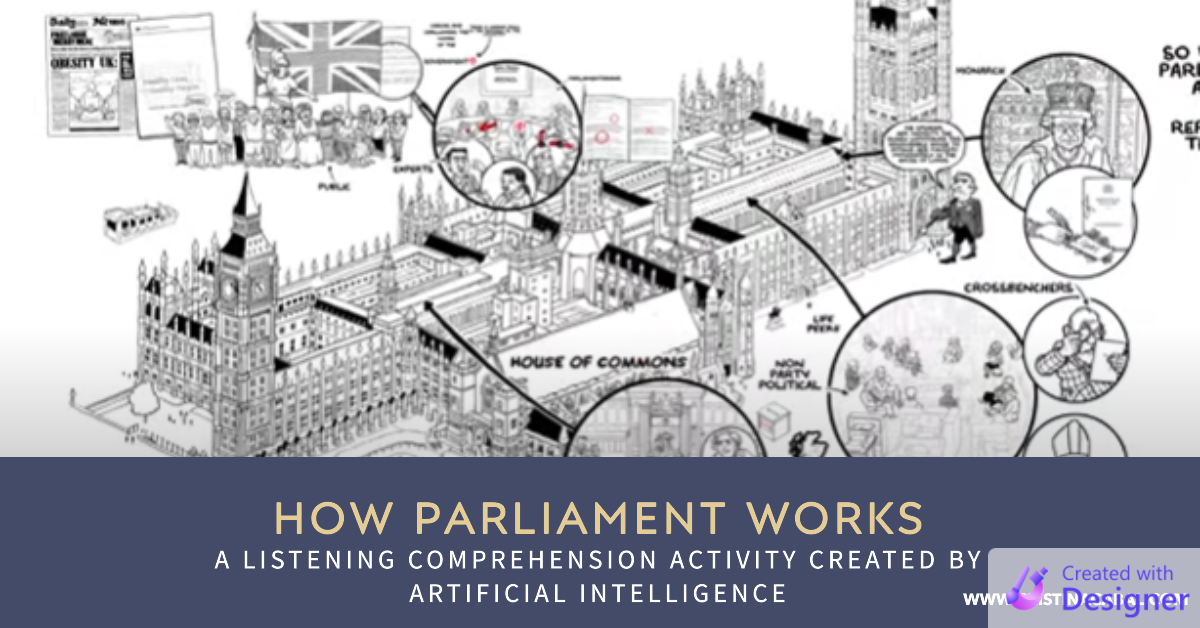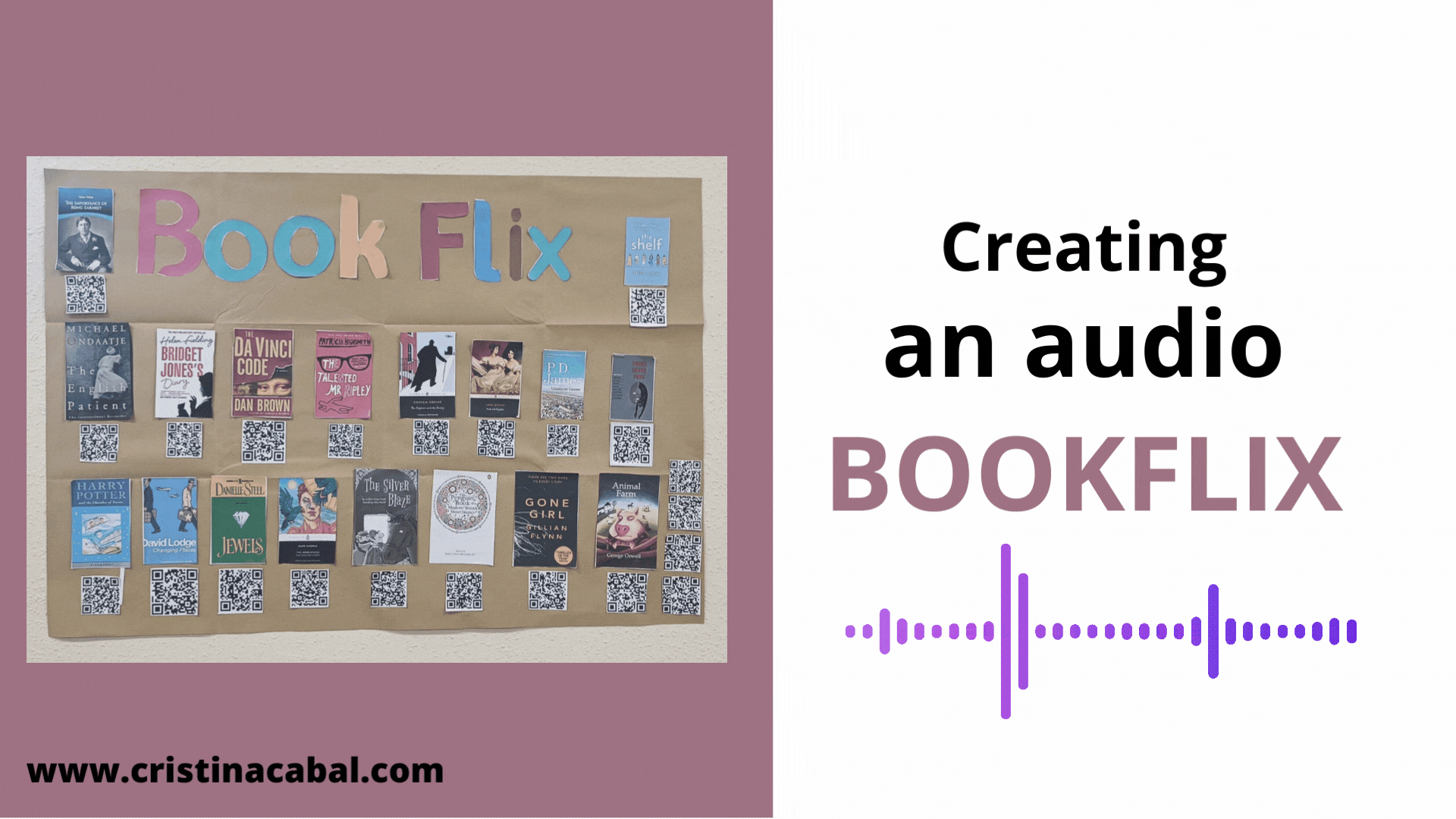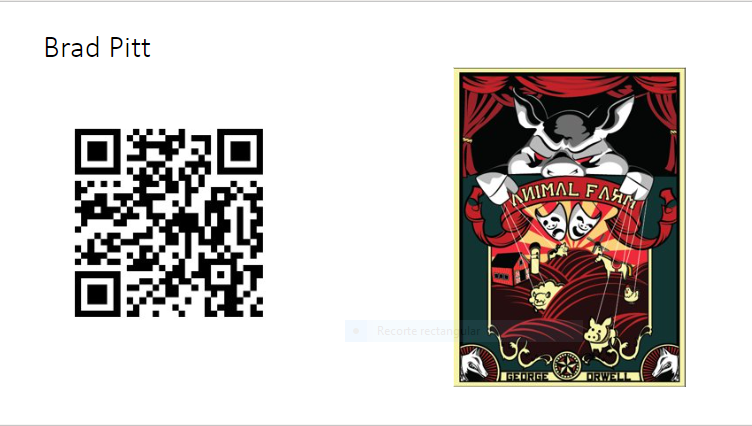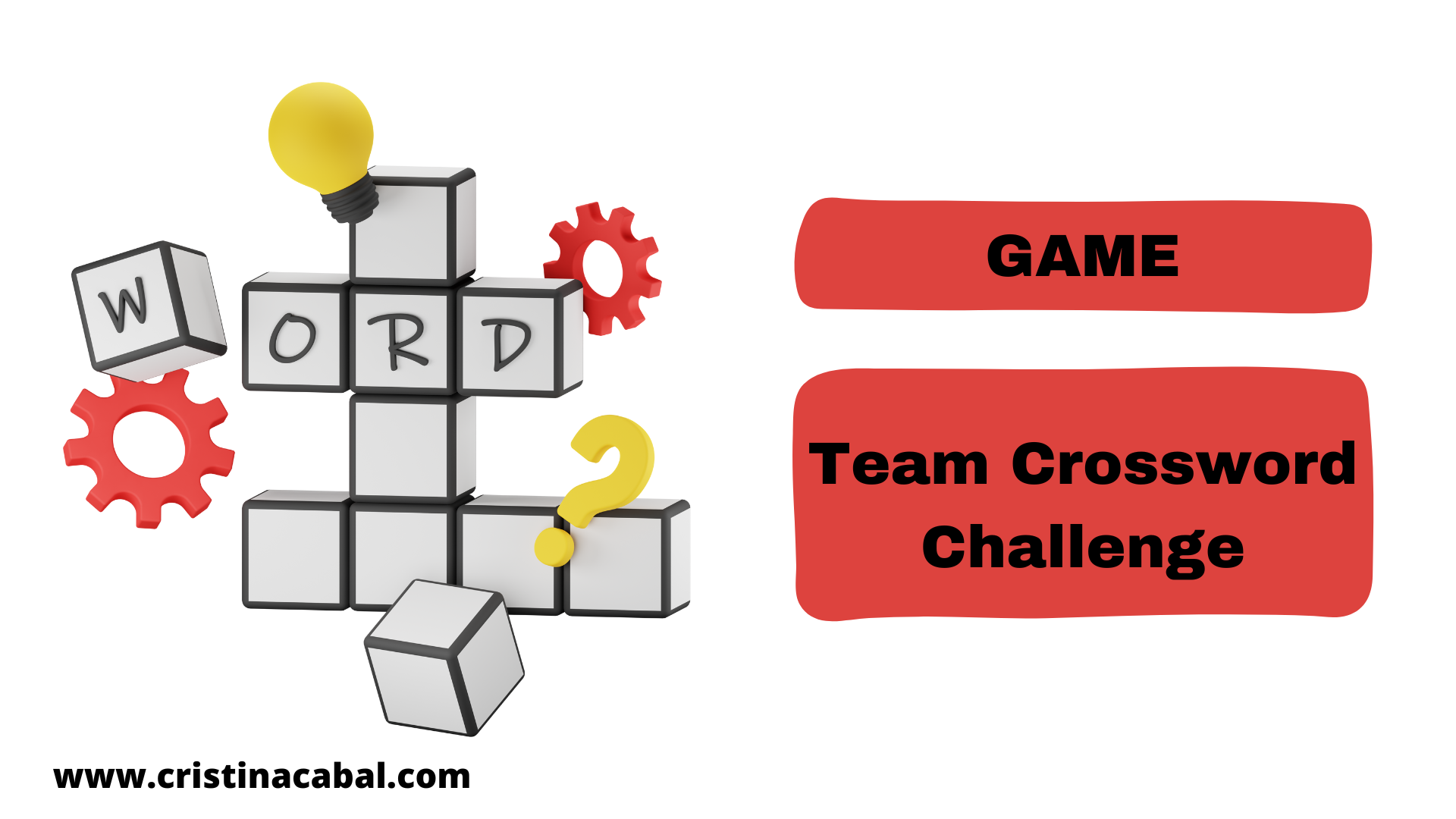Time is of the essence. I am pressed for time. There is no time to lose. Time is running out or time is ticking are some of the phrases that fit me like a glove now that I have less than a month to wrap up the course. In case you are wondering, nope, I didn’t miss a single lesson this year, so I am not making up for lost time, it is just that I feel there is so much I haven’t taught them; there is so much that still needs to be reinforced.
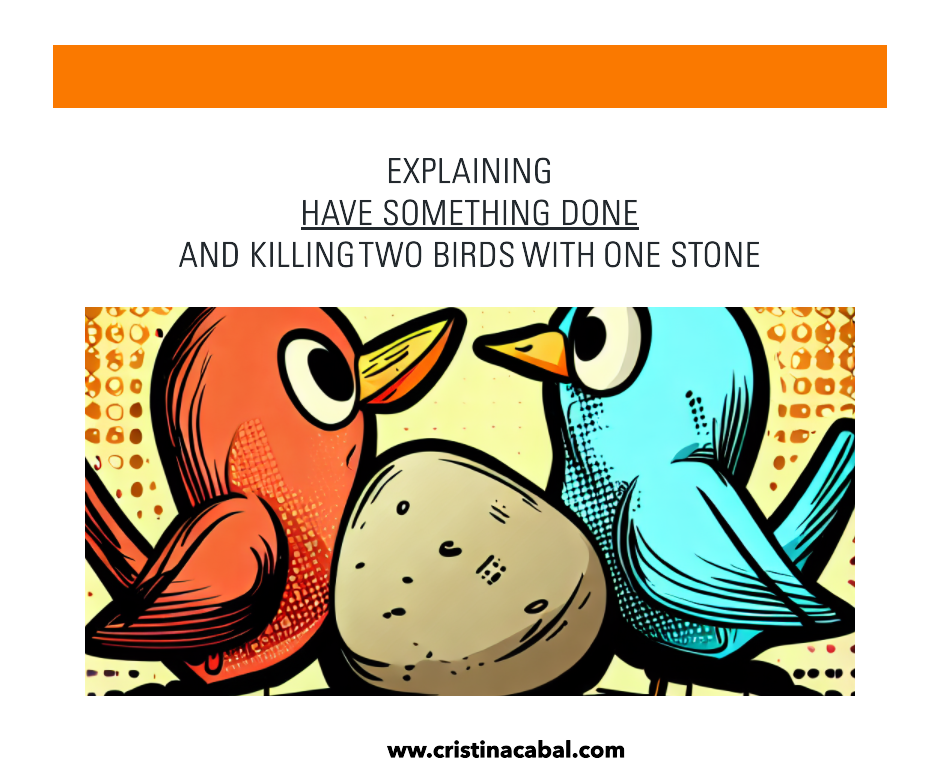
Anyways, last point of grammar: Have something done. Here we go!!!!
Step 1. Introducing Have Sth Done and Guided Practice
Note: Use the arrows to enlarge the presentation.
Fun: For the exercise in the last slide, put students in groups of three and vote for the most extravagant luxury within the group and then within the class. This will encourage everybody to participate and have a nice laugh while learning.
STEP 2: The killing of the two birds with one stone. Shadow Reading.
Now, you might be wondering why I have chosen the title ‘Kill two birds with one stone’ when it seems like I am just going to explain the structure ‘have something done’. Well, I am and I am not.
In a last attempt to try to improve my students’ pronunciation, I asked them to bring to class their earbuds/headphones and make sure they had a QR Code Reader installed in their phones.
I prepared and assigned them a shadow reading activity which contained, once again, an explanation of the grammar point and some clear examples.
What is shadow reading?
Shadow reading is one of my favourite activities. It is a technique used in language learning to improve students’ pronunciation and fluency. It involves students listening to an audio recording while simultaneously reading the text out loud, trying to match the speaker’s rhythm, intonation, and stress.
How I set it up
- As you read above, I asked students to bring their earbuds/headphones to class and ensure that they had a QR Code Reader installed on their phones.
- I gave my students a copy of the text below these lines, and asked them to scan the QR Code.
- Then, I instructed them to step outside the class, work on the text and come back in 10 minutes.
- Finally, I invited every student to have a go at reading parts of the text, attempting to mimic the pronunciation and intonation they heard in the video.
Note: while some students made noticeable improvements in their pronunciation, others may have been a little shy to share their progress, but that’s okay! Now they all have a clear model to follow, and they can continue to practice at home with confidence.
A more personal note: I cannot close this section without expressing my total devotion to Simple English videos and to the recently deceased Vicki, my inspirational voice, as well as her husband Jay. I have always used their videos to warm up my voice before starting class on Monday. (I know you know the feeling)
This is the handout I shared with my students
Shadow Reading de cristina.cabal
The Practice.
Text created with ChatGPT
